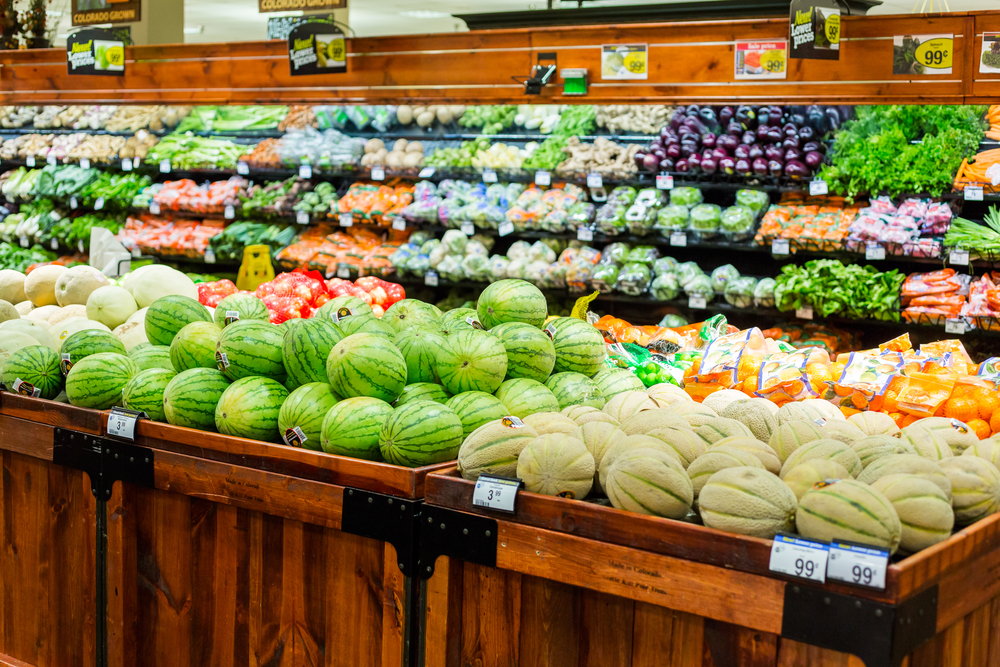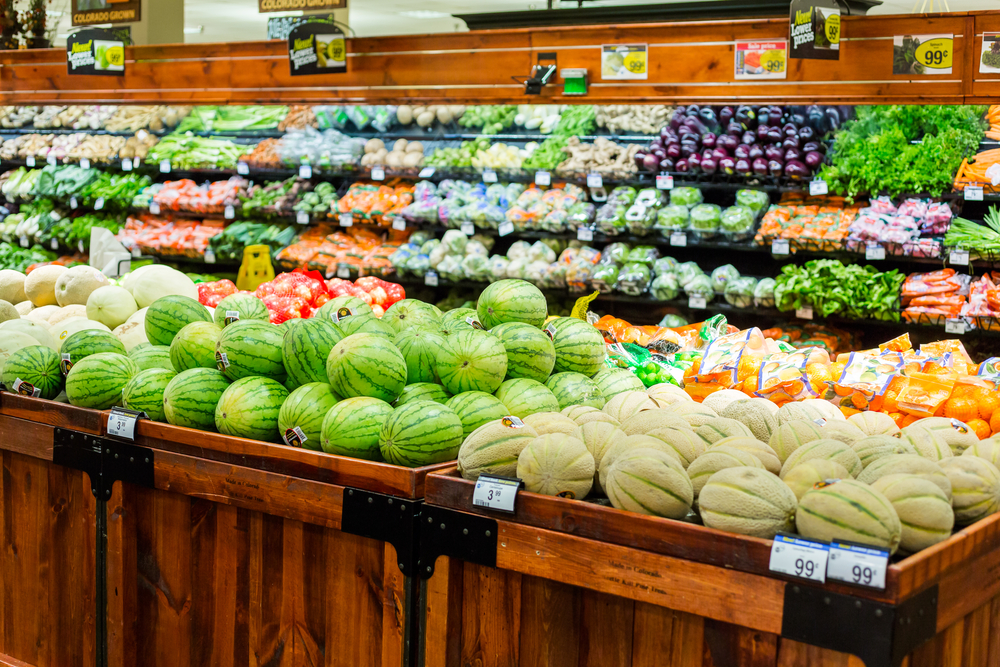
Staying profitable is always top-of-mind for agricultural producers. Brandon McFadden, an assistant professor at the University of Delaware, studies how producers can earn a bigger percentage of the food dollar.
According to McFadden, an average of 12 percent of every dollar spent on food goes to producers. He then examined dollars spent on food at home versus food away from home. “This is an important distinction because food away from home is starting to outpace food at home,” he explains.
Looking at the food dollar broken into the two categories, producers receive 20 percent of every dollar spent on food at home, while only receiving 3 percent of every dollar spent on food away from home. McFadden warns that as the trend of receiving meal preparation and dinner kits at home continues to increase, producers may receive even less of the food dollar for food at home. “If I take all of those factors into consideration, it seems as though producers will need to find a way to capture some of that value that’s added after the farm gate,” he says.
So how can producers get in front of these growing trends and stay profitable? One way is to sell more directly to consumers. McFadden says that there is a farmer co-op in Oklahoma that allows consumers to go online, order products from producers involved in the co-op, then go to a local facility to pick up products once a month. “It (the co-op) also offers convenience, which is a big trend that’s not going to decrease,” he explains.
According to McFadden, anything producers can do to sell their product directly to the consumer will help them stay profitable. In Delaware, he has seen creameries actually delivering milk to people’s front doors again. He reminds producers that they can also sell their product directly to restaurants as well.
One thing that could also help producers is increased public education about agriculture and the challenges that farmers face every day. “I think an increase in knowledge of those challenges will help people appreciate the effort and resources that go into producing the food they consume,” McFadden says. “I think it will help them (the consumers) not only value the food more, but also the people who do the work.”
Moving forward, it is important for producers to keep an eye on lasting consumer trends, as well as ones coming down the pipeline. Ongoing consumer trends include convenience, experience and personalization. Upcoming trends that are harder to predict include consumer reactions to innovations happening in the field.
Share this Post










